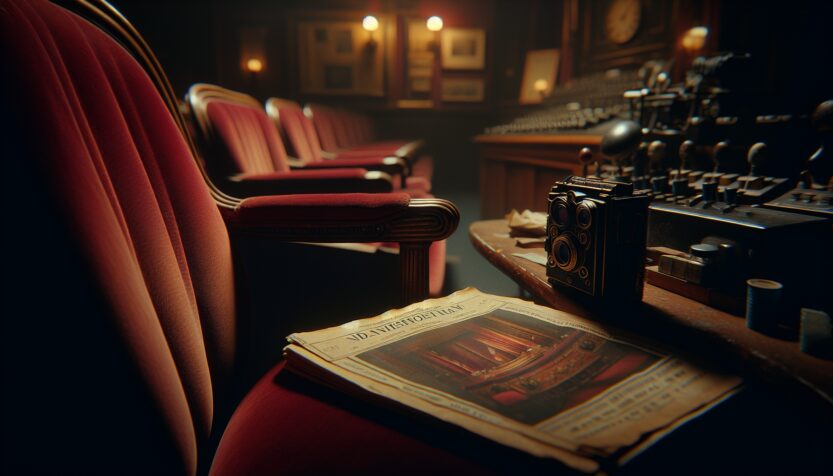In the realm of cinema, few filmmakers dare to tread the line between personal trauma and the absurdity of horror. Osgood Perkins, however, embraces this challenge with his latest film, The Monkey, a horror-comedy that delves into the chaotic interplay of life, death, and the bizarre. Drawing from his own tumultuous family history, Perkins crafts a narrative that is as unsettling as it is darkly humorous.
A legacy of loss and resilience
Osgood Perkins is no stranger to grief. The son of acclaimed actor Anthony Perkins and model Berry Berenson, he has navigated the turbulent waters of familial loss, including the tragic deaths of both parents under harrowing circumstances. His father, known for his iconic role as Norman Bates in Alfred Hitchcock’s Psycho, grappled with his own demons, leaving a legacy that Perkins has both inherited and interrogated through his art. The unexpected death of his mother on September 11, 2001, further compounded his experiences, shaping his worldview and creative output.
The absurdity of horror
In The Monkey, Perkins adapts a Stephen King short story, infusing it with his unique perspective on mortality. The film centers around a cursed mechanical monkey that brings chaos and death to those around it, a metaphor for the unpredictable nature of life itself. Perkins describes the film as a reflection of his understanding of loss, where the absurdity of the deaths depicted serves as a coping mechanism. “I’ve made myself an expert on the material,” he states, highlighting how his personal experiences resonate with the film’s themes.
Comedy as a coping mechanism
While The Monkey may appear to be a straightforward horror film, Perkins insists it operates on a comedic level. He draws parallels between his work and the likes of Mel Brooks, suggesting that laughter can be a powerful antidote to pain. “It’s not scary,” he asserts, emphasizing the film’s intention to entertain rather than terrify. This approach allows audiences to confront the darker aspects of life with a sense of levity, transforming grief into a shared experience of humor and reflection.
Creating a unique cinematic experience
Perkins’ vision for The Monkey extends beyond mere horror tropes. He aims to create a film that resonates with viewers on a deeper level, challenging them to confront their own fears and uncertainties. By eschewing traditional jump scares and instead focusing on the absurdity of death, Perkins invites audiences to engage with the material in a way that is both entertaining and thought-provoking. The film’s unique blend of humor and horror serves as a testament to Perkins’ ability to transform personal tragedy into a compelling narrative.
Conclusion: Embracing the complexity of life
Osgood Perkins’ The Monkey stands as a remarkable exploration of grief, creativity, and the absurdity of existence. By channeling his family’s tragedies into a film that balances horror and comedy, Perkins not only honors his past but also invites audiences to reflect on their own experiences with loss. In a world where the inevitability of death looms large, The Monkey serves as a reminder that laughter can coexist with sorrow, offering a path toward healing and understanding.



